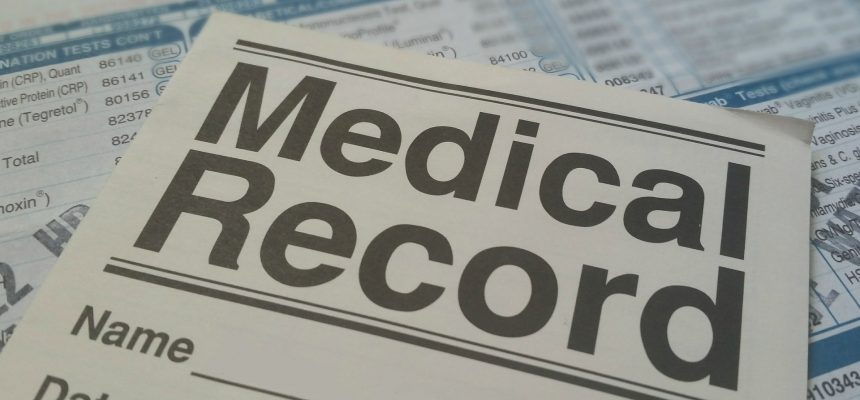How High Deductible Health Plans Come At The Expense Of Employees
By Consumers For Quality Care, on April 1, 2021

According to Forbes, health insurance has become our country’s biggest hustle. While every other sector of the U.S. economy struggled during the coronavirus pandemic, our nation’s top health insurance companies – like UnitedHealth, Anthem, and Humana – saw their profits double.
Until the 1990’s, insurers spent 95 cents on every dollar on medical care. The remaining five percent was used to cover overheads, with a small profit left over. But as medical treatment became more complicated and lucrative, prices have aggressively risen at a rate of almost six percent annually.
Increasingly, prices are now being shifted to consumers to grow profits. Whereas in 2007, only five percent of employer-based plans were high deductible health plans (HDHPs), today 51 percent of U.S. employees are enrolled in an HDHP, resulting in higher out-of-pocket costs than ever before. Doctors and drug makers get to charge higher prices every year. Employers get to pass along a sizable portion of costs to their employees. Employees suffer the consequences.
Statistically, the average American reaches their max deductible every year by May 19. A study found the average annual deductible for single-person coverage was $4,364 and $8,439 for a family. And the lack of transparency in health care prices makes it nearly impossible for patients to “shop around” for what is often emergency care or life-saving prescriptions.
These high deductible plans have resulted in a higher number of patients going without care. Research from Harvard on Medicare patients showed that a $10 increase in out-of-pocket health care expenses for a prescription resulted in a 23 percent reduction in people taking their prescriptions and a 33 percent increase in deaths.



